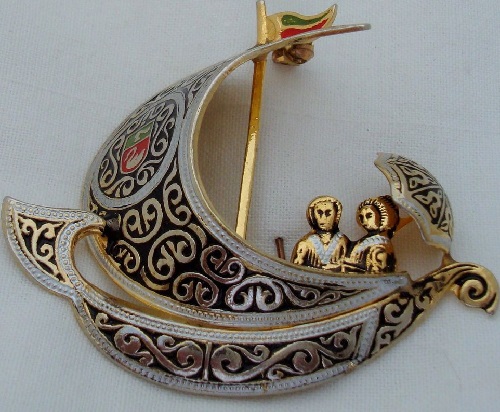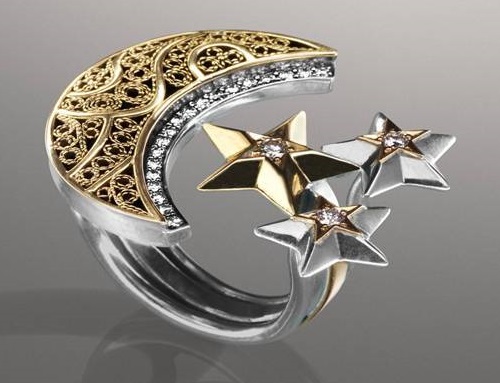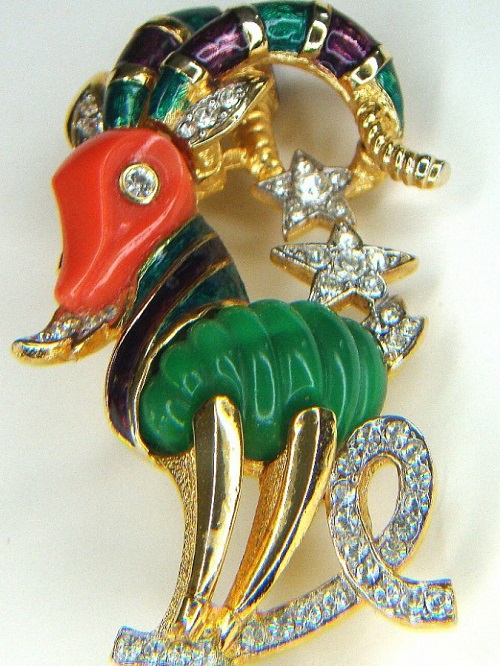Damascene jewellery art
Damascene jewellery art
Originated in Damascus, Syria more than 2 000 years ago, borrowed by the Arabs and brought to Spain, Damascene technique has reached our days. This technique, in particular, was the art of incrustation of various metals into each other, and most often gold or silver into a copper, steel or alloy basis.
Meanwhile, to Japan, the art of damascene got through the Silk Road in the period between 710 AD -794. It achieved a great popularity in Kyoto during the Edo period (1603 – 1868), when masters decorated handles of weapons. However, due to the fact of banning of swords in Japan, the masters used their skills in the manufacture of accessories and jewelry. Their art reflected traditional motifs – flowers, birds, sakura, landscapes, and Mount Fuji. By 1936, more than half of the manufactured Damascene products had been exported mainly to the United States and England.
Read more »






